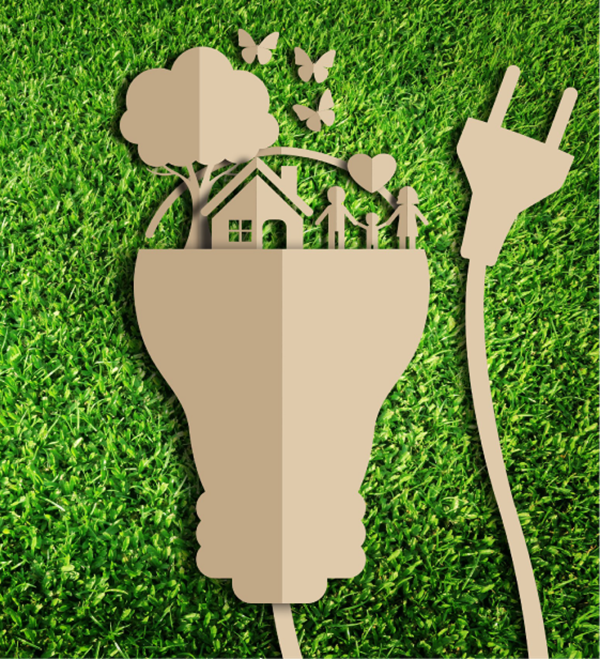When it comes to green efforts, if you want to get people on board, it’s great to have leading figures to encourage and drive change. After all, a good leader will help others to follow in their footsteps. Here are some exceptional people who have truly made a difference when it comes to bettering the quality of life and being eco-friendly.
May Boeve, 350.org
May Boeve is the International Executive Director of 350.org, an organization that fights against coal, oil and gas projects that will pollute the environment, through its online campaigns, mass public actions and grassroots organizing. May is one of the few female leaders in the US green movement, and one of her goals is to raise awareness around the fact that everyone can be involved in bettering the environment. She says, “So many people feel connected to the climate change movement and it’s important for everyone who’s involved, whether they’re a school teacher in the UK or a farmer in Burundi, to see themselves in the movement. So the more leaders who reflect the diversity of the movement, the broader, the bigger, the stronger the movement will be.” May started 350.org with a group of college friends, and their first project included protests to support climate action, such as the International Day of Climate Action event in 2009. Since then, the organization has gone from strength to strength, with some of their recent achievements including campaigns against Keystone XL and Dakota Access in the US, stopping fracking in Brazil and pushing hundreds of universities, foundations, cities and churches to divest from fossil fuels.
Van Jones, Green For All
Van Jones is the President and Founder of Green For All, an organization that strives to build a green economy to lift people out of poverty. Its work involves developing solutions to help bring clean energy, clean water and green jobs to people of colour and working families. Van Jones is a Yale-educated attorney, author of two New York Times bestsellers including Rebuild the Dream, which talks about his journey as an environmental and human rights activist to becoming a White House policy advisor. Jones was the main advocate for the Green Jobs Act, the first legislation that codified the term ‘green jobs.’ Jones has worked as the green jobs advisor to President Obama in 2009, and has received various awards including TIME’s 2009 “100 Most Influential People in the World” and Rolling Stone’s 2012 “12 Leaders Who Get Things Done.”
Barkha Mossae, #SeeingBlue
Barkha Mossae is a diplomat for the Ministry of Foreign Affairs in Mauritius and co-launcher of #SeeingBlue, an initiative that encourages young people in Mauritius to take part in helping to save our oceans. #SeeingBlue has been awarded by the Mary Robinson Foundation Climate Justice Award, and Barkha Mossae, a passionate advocate for environmental change, has been awarded the Queen’s Young Leader Award and named one of the 100 Most Influential Young Africans in 2016. She is also a Shaper in the Global Shapers Community, an Ambassador of the One Young World Network, and co-author of a toolkit on climate change. #SeeingBlue runs the Young Ocean Champions programme every year, where young people can share their ideas on how to improve our oceans and winning ideas can receive funding and mentorship from experts in the ocean industry to turn them into reality. Barkha Mossae is a young voice that inspires other young people to take action to help the environment.
Heloise Greeff, Oxford University
Heloise Greeff is a Doctoral Researcher at Oxford University. One of her main areas of focus is how to leverage the power of mobile technology innovation to revolutionise water security. She has helped to develop Smart Water Systems for hand pumps in rural Kenya and Bangladesh, which can predict pump failures, ensure timely maintenance and identify groundwater levels. The data can be used to optimise public policy in remote areas where access to clean water is scarce. The project is funded by UNICEF, and could bring water access to over 200 million people in Africa. Heloise is also a founding member of Engineers without Borders South Africa, which is a platform that enables young engineers in South Africa to generate, apply and share engineering knowledge that benefits society as a whole.


